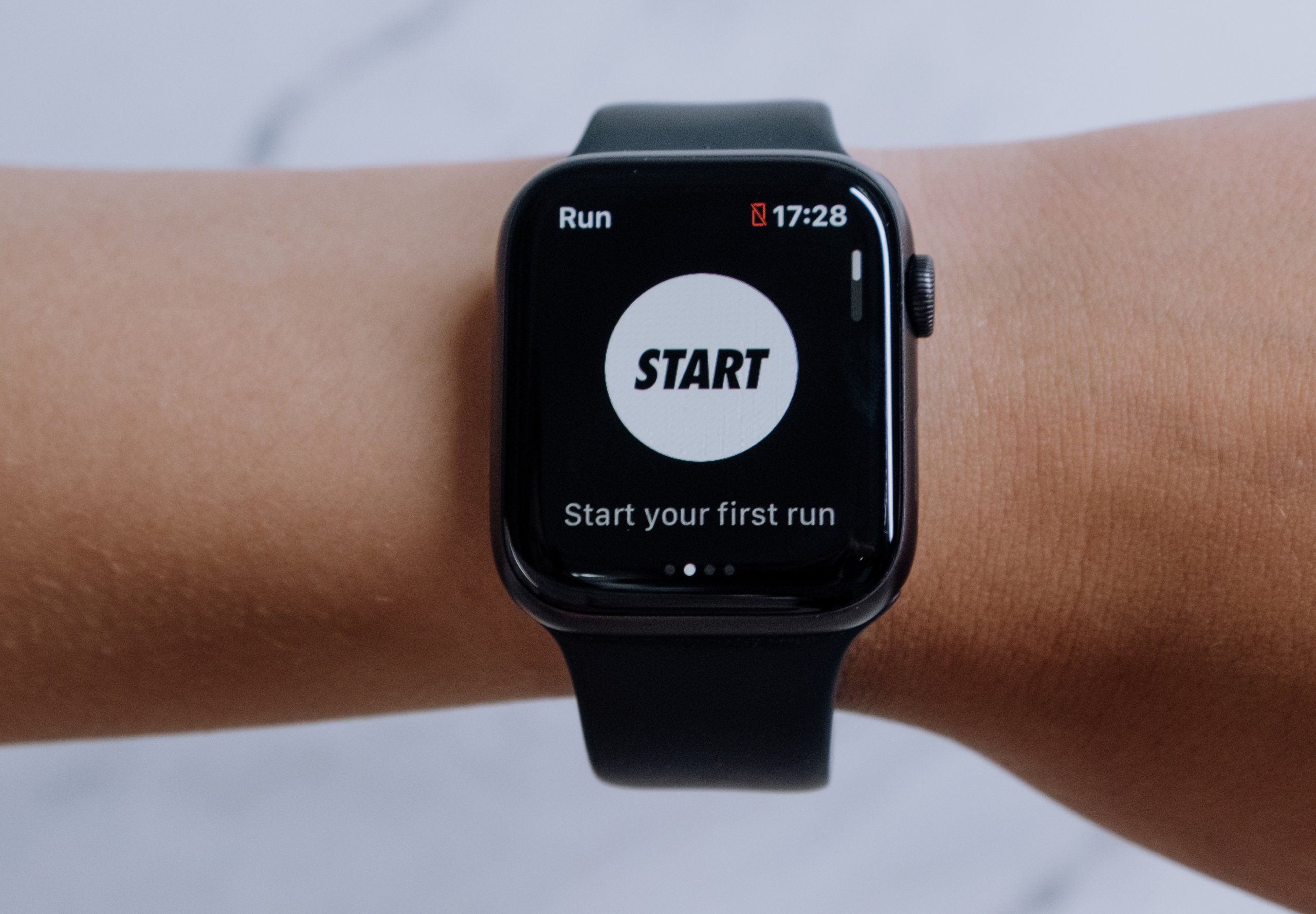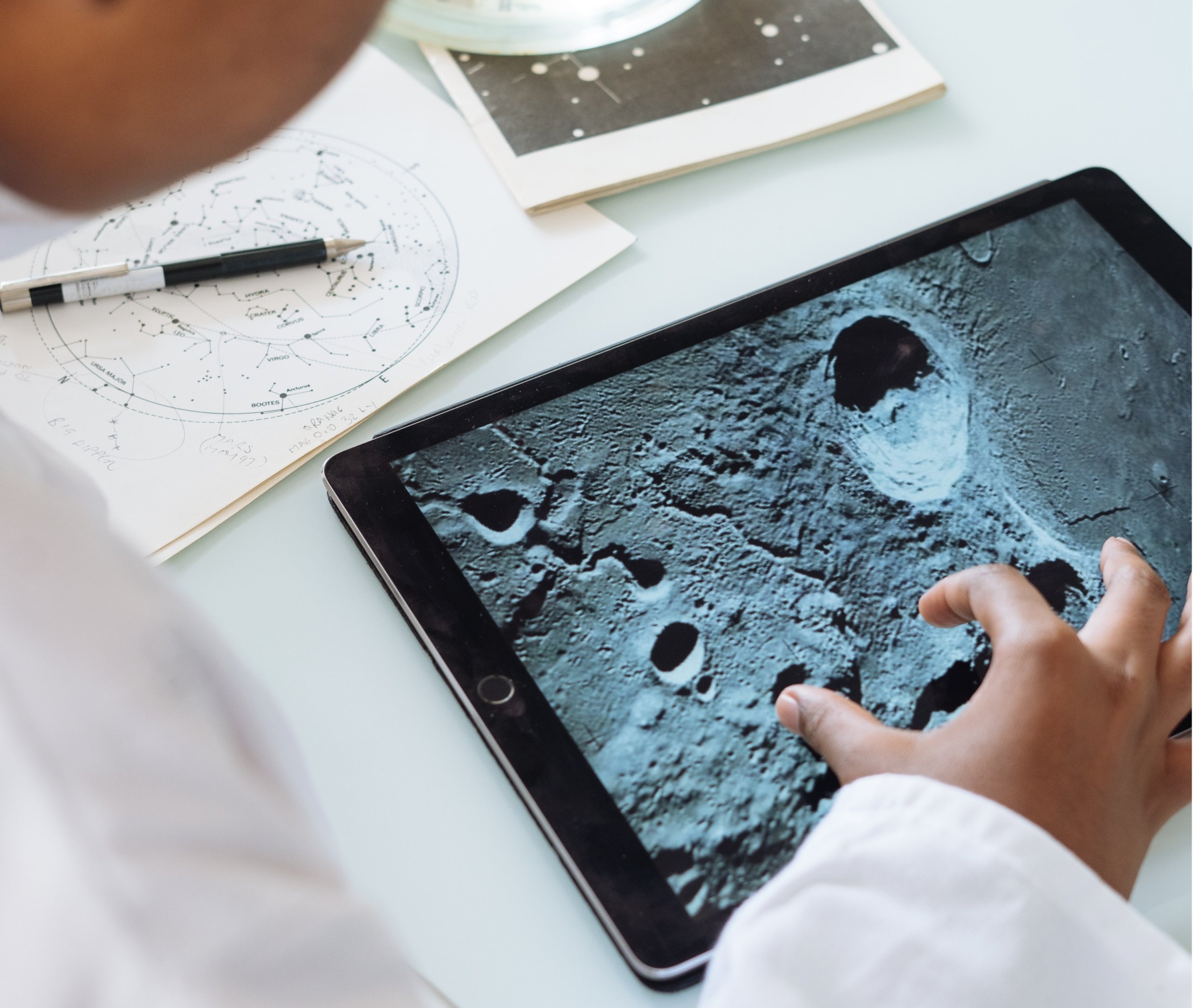 For medical specialists working in healthcare, the lack of proper technology is a hindrance to properly and efficiently performing their jobs. The healthcare industry is ripe for a digital transformation, and it’ll open up a treasure trove of new sensors, devices, custom development, vaccines, medicines, procedures, and systems.
For medical specialists working in healthcare, the lack of proper technology is a hindrance to properly and efficiently performing their jobs. The healthcare industry is ripe for a digital transformation, and it’ll open up a treasure trove of new sensors, devices, custom development, vaccines, medicines, procedures, and systems.
These changes will bring improved patient experiences, streamlined operations, and less stress for providers. In our previous post in this special series, we covered how the 2020s will enhance healthcare with the addition of artificial intelligence, 5G, better electronic health records, blockchain, and chatbots into our current system.
In this post, we’ll discuss how wearables, computer vision, virtual and augmented reality, voice search, and telehealth will further improve how the healthcare system is run.
Wearing Your Sensor Every Day Keeps the Doctor Away
Smartwatches like the Fitbit or Apple Watch are hugely popular right now. They measure our pulse, sleeping cycles, fitness levels, and give us an insightful glimpse into our health and wellness habits. With this vast amount of information, we can optimize how we take care of ourselves without (or before) needing a doctor’s intervention.

Insurance companies, medical providers, and employers are jumping on the wearables train too. They’re setting up standardized health plans where users can lower their insurance premiums if they maintain healthy habits. For providers and patients alike, it’s easier and much cheaper to practice preventative medicine than perform surgery.
Innovative companies like Apple keep adding more health features to their watches, like the ECG feature or the Movement Disorder API, which helps researchers gather information about Parkinson’s disease.
Identifying Anomalies With Image Recognition and Computer Vision
Using computer vision to classify images was originally an inspirational feat for specialties like radiology and oncology. The technology does a lot of heavy lifting, alerting the physician when something anomalistic is found in the images.
This also reduces the risk of a false diagnosis or inaccurate predictions. Compared to humans, computer vision can often identify telltale signs of illness in a much more timely and accurate manner.
Computer vision also has an invaluable place in operating and exam rooms, helping nurses monitor blood loss, measure fat percent, track eye movement, and more.
Augmented (AR) and Virtual Reality (VR): A Dose of Immersive Innovation
Immersive technology is disrupting many fields; real estate agents are using it to virtually show home buyers around, makeup stores are leveraging it to apply makeup to the user’s face without the time or effort required, and in medicine, it is helping bridge the gap in knowledge and experience.

AR and VR are being used to train new physicians, allow providers to teach and learn from their international counterparts, and it even opens up the possibility for a provider to train their patient on how to self-inject or self-administer medication. Eventually, doctors will be able to let their patients get familiar with their scheduled surgery well before arriving at the operating room.
Seeing an organ isolated in 3D can help specialists learn more about their work, and they can point out the problem area to a patient during an exam. “Practicing” a surgery before it really happens will reduce errors made by surgeons, and open up the floor for new surgeons to ask questions while the patient isn’t laying on the operating table.
The University of California San Francisco is making innovative immersive learning more accessible through AR and VR for new and seasoned physicians and surgeons with a ready-to-go VR kit.
By 2025, the healthcare market for VR and AR is forecasted to reach $11.14 billion.
Finding Vital Information With Voice Search
Using voice search and a virtual assistant, patients can book appointments, schedule car service to the hospital, and even get post-procedure information repeated after leaving the medical facility. This technology is especially helpful for rural patients, who may not have the means or time to keep visiting their doctor.
For elderly patients who have trouble using an electronic device, picking up the phone and entering a voice search is a much more comfortable and familiar way to get information. This also extends to in-home voice search, like Siri, Google Home, Alexa, and Cortana.
For many users, voice search isn’t always accurate or understanding of accents or speech with background noise.
Therefore, it’s imperative that companies optimize their data and websites for voice search, so much so that there is a major risk of losing patients if voice search does not work well with the provider’s technology. It’s predicted that up to 50% of all searches will be conducted through voice search in 2020.
Communicating through Telemedicine
Telemedicine and virtual visits are the appointment type of choice for patients who live in rural areas, live with a severe medical condition, or for those who cannot make the journey to their local doctor’s office. One major benefit of telemedicine is having a video recording after the consultation; how many times have you left the doctor’s office and called back to verify information that you’re not sure if you remember correctly?
Telemedicine provides a patient-first experience, and it keeps patients away from hospitals, saving their resources for a bigger emergency.
As with all medical applications, cybersecurity and patient privacy is a top priority.
Ready for a Brighter, Healthier Future?
Adding new technologies to healthcare will require open-mindedness, change, and training. But the effort and cost drastically outweigh any negatives. The result will be a patient-centric healthcare system that promotes preventative medicine and lowers costs when patients work on healthy habits daily. And this will all be achieved with minimal intervention and appointments.
We can expect wearables, computer vision, virtual and augmented reality, voice search, and telehealth to revolutionize how we correspond with our doctors and how our doctors interact with us in the 2020s.
Thanks for joining us on this journey into the future of healthcare! Which of the technological trends we discussed was your favorite? What technology do you think holds the most potential to improve medicine? As always, let us know your thoughts in the comments below!





